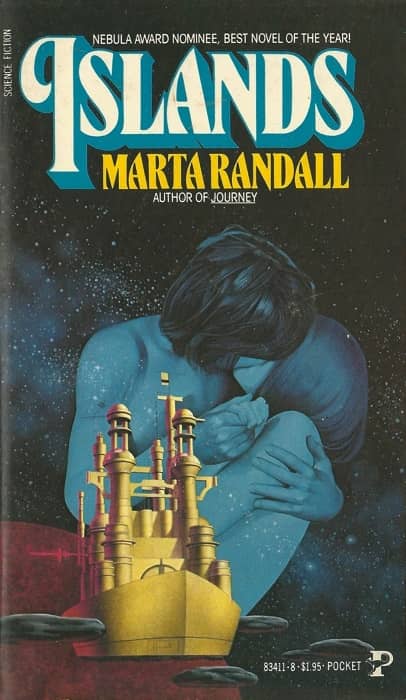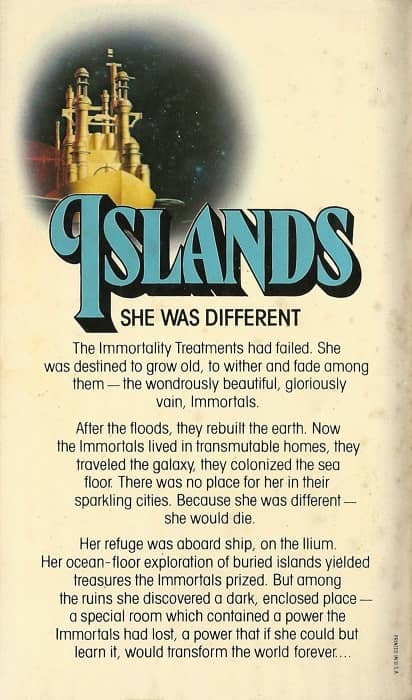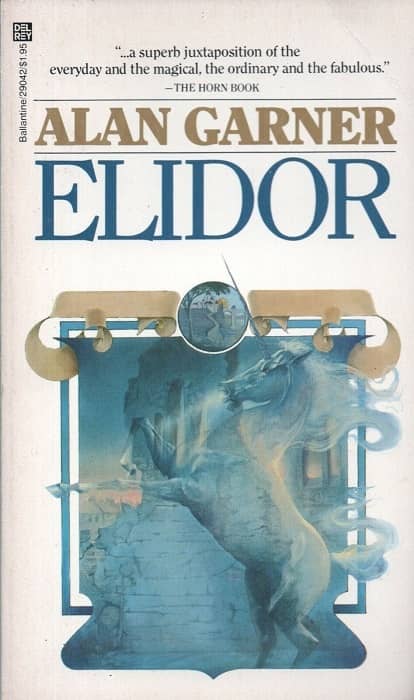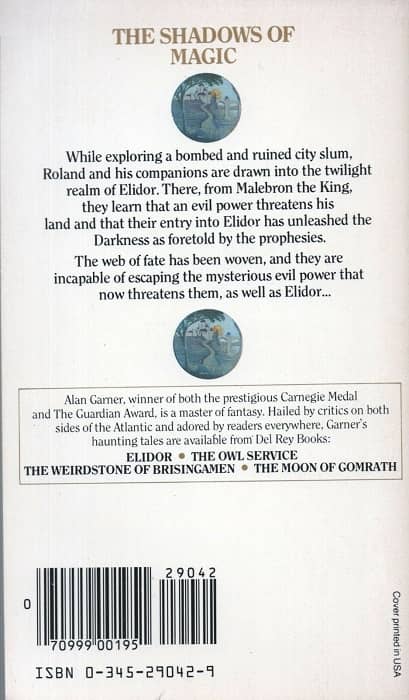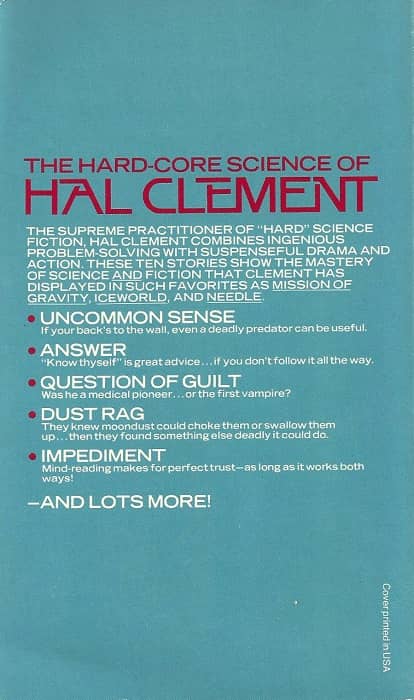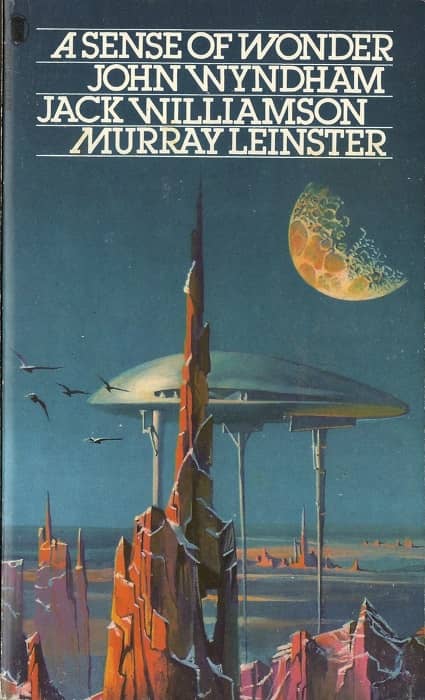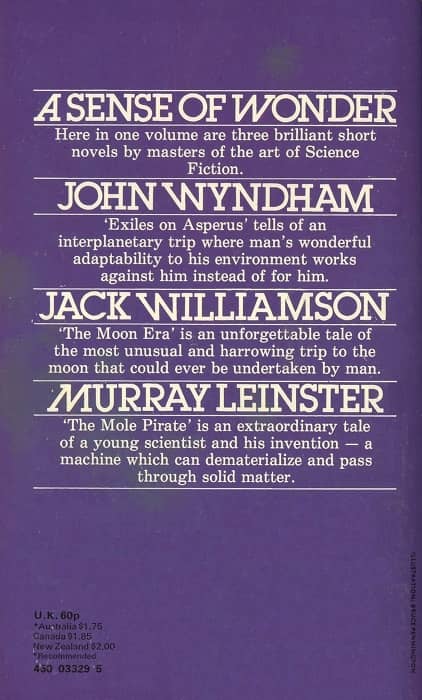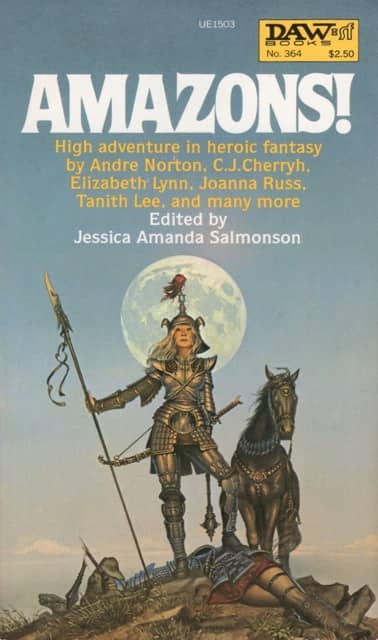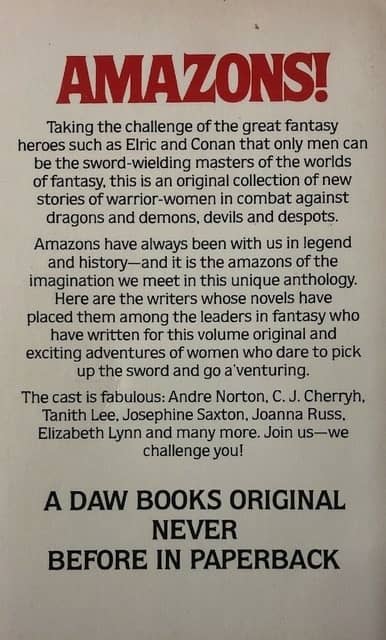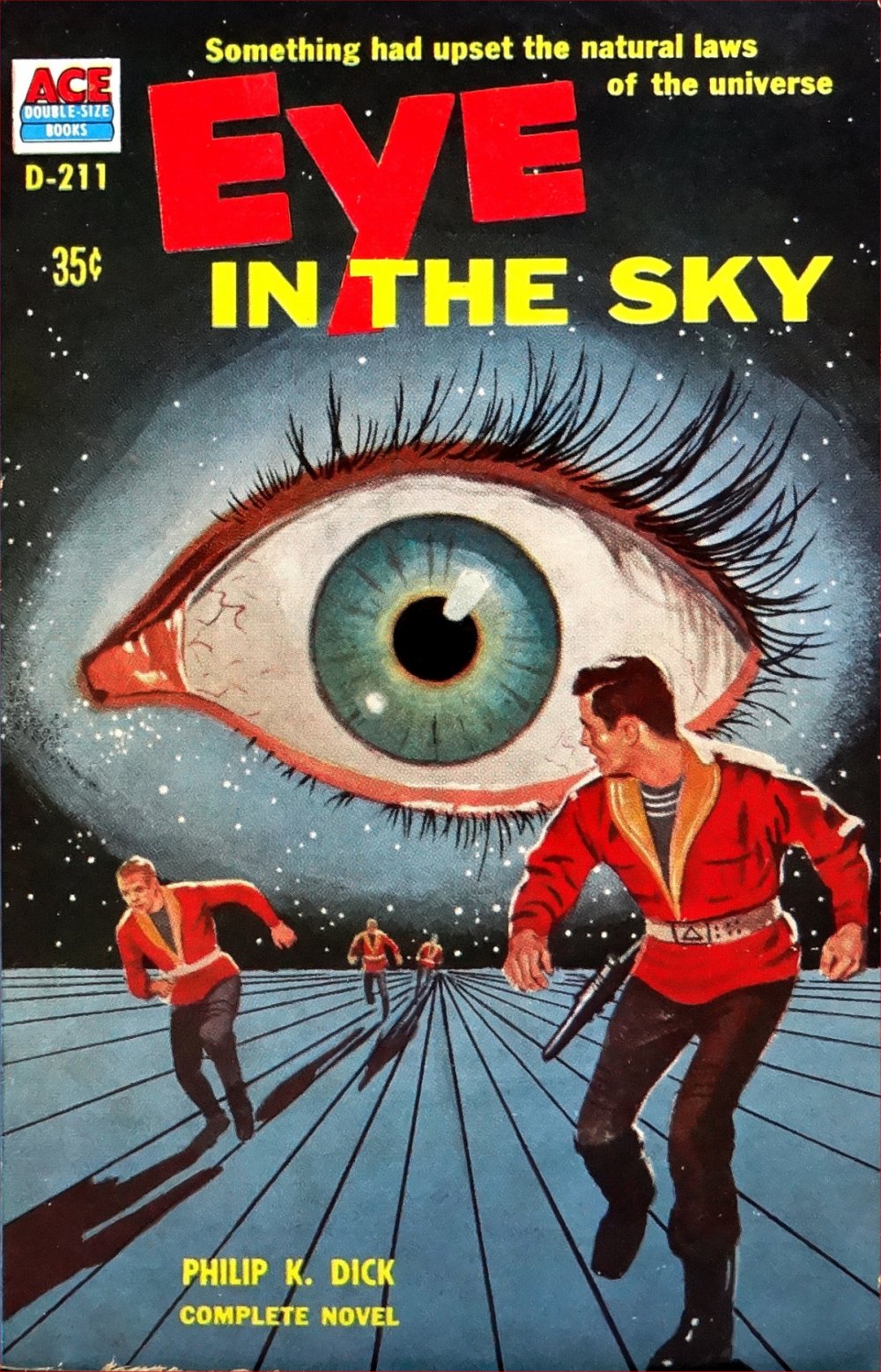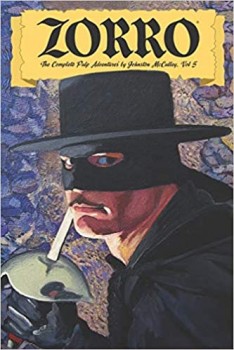D.M. Ritzlin on the Ten Greatest Sword-and-Sorcery Stories by Robert E. Howard
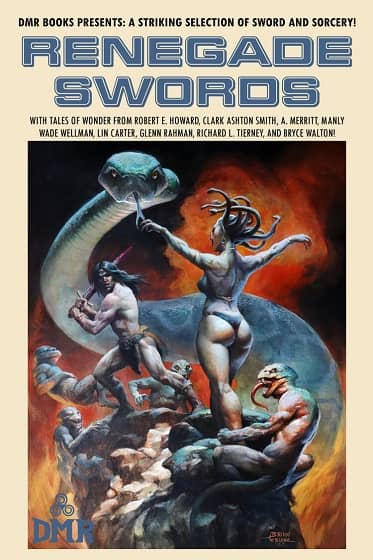 |
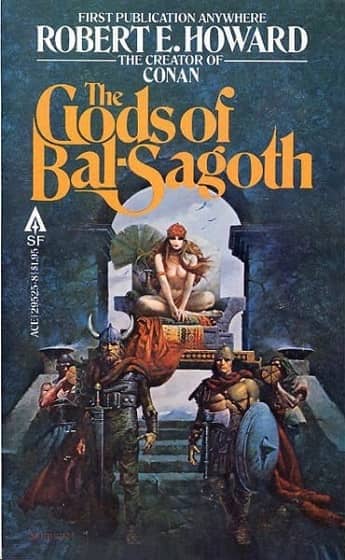 |
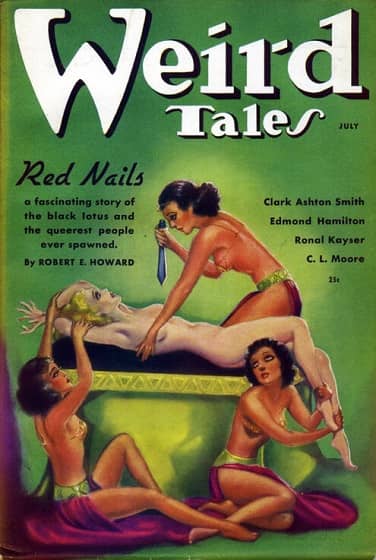 |
Covers by Brian LeBlanc, Sanjulian, and Margaret Brundage
Dave Ritzlin is the mastermind behind DMR books, publishers of the Swords of Steel anthologies, The Infernal Bargain and Other Stories, the 2020 anthology Renegade Swords, and many other volumes of adventure and weird fantasy. He’s also a fine blogger and Robert E. Howard enthusiast, and this month he produced one of the most interesting articles on REH I’ve read in many years — The Ten Greatest Sword-and-Sorcery Stories by Robert E. Howard.
This lengthy and entertaining piece features all of Howard’s most famous creations, including Kull, Solomon Kane, and of course Conan the Cimmerian. Here’s Dave on “The Gods of Bal-Sagoth.”
The heroes of “The Gods of Bal-Sagoth” are two renegades: Irishman Turlogh O’Brien, outlawed from his clan, and the Saxon Athelstane, who has thrown in with a group of Norse Vikings. The two have a history together, but they meet again when the Vikings attack a ship on which Turlogh is a passenger. The Saxon recognizes Turlogh in the stormy sea battle and takes him alive. Shortly thereafter the Vikings’ ship in blown off course and destroyed by a tempest. Athelstane is knocked unconscious, but Turlogh manages to save him. The two are the only survivors, and they wash up on a mysterious island (a classic sword and sorcery set-up!)…
In addition to being a spectacular sword and sorcery tale, “The Gods of Bal-Sagoth” also inspired the name of one of the most amazing metal bands of all time. Byron A. Roberts, vocalist of Bal-Sagoth, is a talented sword-and-sorcery author as well.
Read the entire thing at The DMR Blog — a fine place to learn about new and classic fantasy of interest to REH fans old and new.

